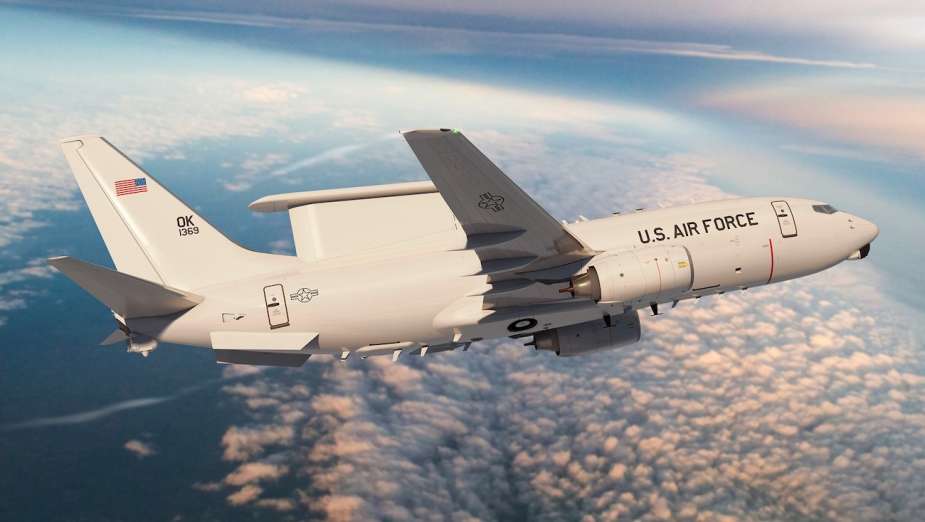Breaking news
NATO to replace Boeing E-3A AWACS with six Boeing E-7A Wedgetails.
The E-3A Sentry aircraft, operating since the 1980s from Germany's Geilenkirchen air base for NATO's Airborne Early Warning and Control Force, are approaching the end of their service life in the early 2030s, Laurent Lageau recalls on Opex360. Managed by the NATO Airborne Early Warning and Control Program Management Agency, which unites 16 countries, these aircraft have been a crucial part of NATO's surveillance capabilities.
Follow Air Recognition on Google News at this link
 Boeing E-7A Wedgetail (Picture source: Boeing)
Boeing E-7A Wedgetail (Picture source: Boeing)
In 2016, NATO began exploring replacements for these aging aircraft. The Future Alliance Surveillance and Control Capability initiative was formed to modernize surveillance and control systems, considering new technologies and evolving threats.
Boeing received a €750 million contract in 2019 to extend the E-3A Sentry's service life until 2035, but replacement plans were already in motion. In 2023, although Sweden wasn't a NATO member yet, Saab expressed interest in providing an early warning system using its GlobalEye system based on the Bombardier Global 6000 business jet. However, NATO decided to go with Boeing's E-7A Wedgetail, ordering six, with the first delivery scheduled for 2031.
This choice was influenced by the E-7's adoption by the US, UK, and Turkish air forces and its capabilities in situational awareness and command and control. The E-7's advanced radar can detect distant hostile forces and direct NATO aircraft.
The Royal Air Force initially budgeted £2.1 billion (about €2.4 billion) for five E-7s but later revised this to three aircraft for £1.89 billion (€2.1 billion), attributing the change to contractual reasons.



















